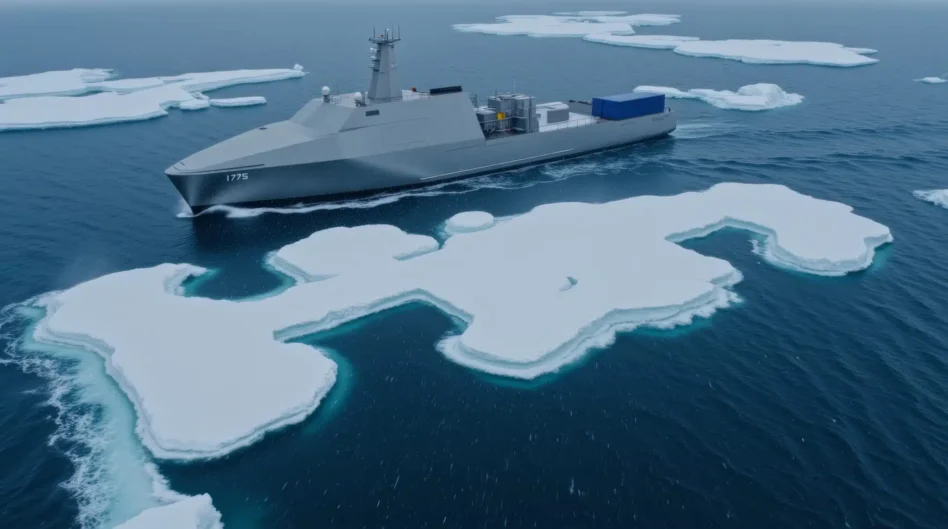We’ve said it before, and we’ll say it again: Maritime autonomy is all the rage.
Late last week, autonomous shipbuilder Blue Water Autonomy emerged from stealth and announced $14M in seed funding led by Eclipse, Riot, and Impatient Ventures.
The company is building a larger-profile, fully autonomous warship for the US Navy that can stay on mission for months at a time.
“We did the physics and realized if you want to go thousands of miles and have speed and…have the big, heavy payloads, you’ve gotta have a ship-sized form factor,” Blue Water Autonomy CSO and cofounder Austin Gray told Tectonic.
Outgunned: In case you haven’t heard, all eyes are on a potential fight with China in the Indo-Pacific. China has massively outpaced the US in terms of shipbuilding and now has the world’s largest maritime fighting force.
- The Navy is looking towards unmanned vessels and hybrid fleets to fill the gap.
- President Trump has prioritized shipbuilding since coming into office, most recently signing an EO aimed at “restoring America’s maritime dominance” last week.
- The Navy has allocated hundreds of millions in R+D funding for small, medium, and large unmanned surface vessels.
- Companies from Saronic to Saildrone to Havoc AI are all in the unmanned surface vessel (USV) game, but their ships are smaller.
Scale up: Blue Water Autonomy says that its ships are designed to carry heavier Navy payloads, such as missiles or even fleets of drones. The vessels:
- Will be about 100-150 feet long, depending on design specs.
- Are meant to travel thousands of miles at a time, which is critical for the Indo-Pacific.
- Will be powered by the company’s full-stack autonomy suite
- Have been designed with input from military leaders, including INDOPACOM, EUCOM, and Army Futures Command.
- Are being tested in the water in New England.
Low, low price: Critically, Grey told Tectonic that BWA’s ships will be way, way cheaper than traditional warships: $20-30M rather than a billion or so. He likened their ship to a “pick-up truck” that could carry out attack missions without being too expensive to lose.
“At the end of the day, you just need to keep the cost below the adversary’s cost to kill you. If a Chinese missile costs $10M, you’ve gotta keep cost at a favorable ratio against that cost to shoot at you,” he said.
They’re also designed to be built using existing shipbuilding capacity (Grey said they already have a lot of partnership interest from legacy shipyards). That means that the company will be able to scale up production quickly without having to build manufacturing capacity from the ground up. 2027, after all, is not very far away at all.

